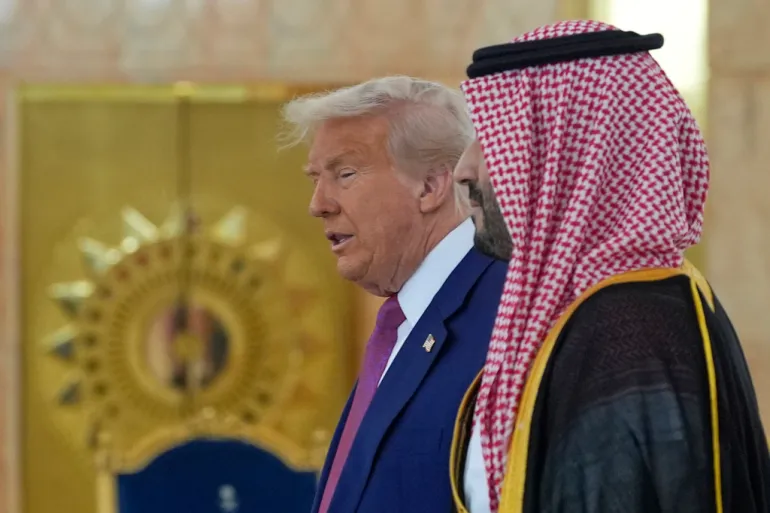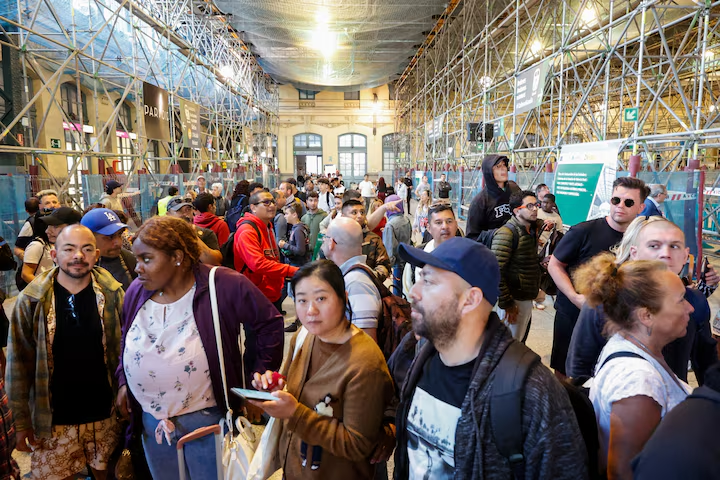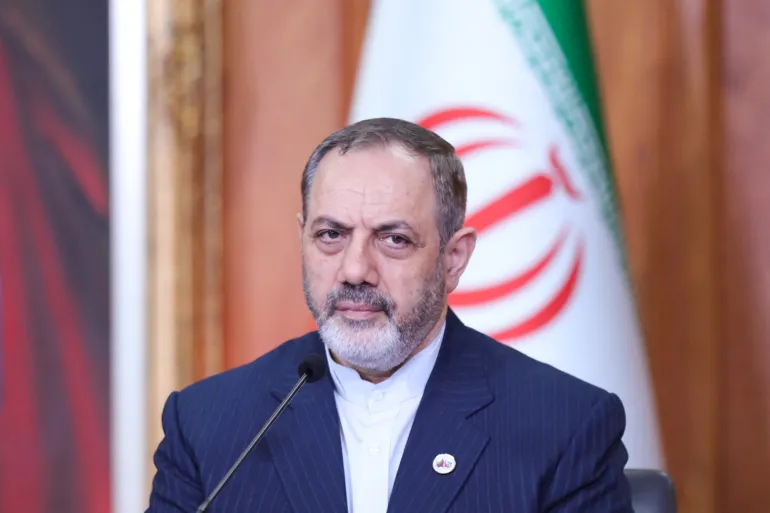In a historic announcement during his state visit to Riyadh on May 13, 2025, former U.S. President Donald Trump revealed a massive $142 billion arms agreement between the United States and Saudi Arabia. The deal, described as the largest defense sale in American history, is part of a sweeping $600 billion investment package aimed at deepening ties between Washington and Riyadh across defense, technology, infrastructure, and energy.
The agreement was signed amid considerable fanfare during Trump’s Middle East tour and is being touted by both governments as a pillar of their strengthened strategic relationship. The arms portion of the package involves a range of American defense contractors and includes a wide array of systems, from air and missile defense to advanced surveillance and maritime capabilities.
While Saudi Arabia has long expressed interest in acquiring F-35 fighter jets — America’s most advanced stealth aircraft — the deal does not include these jets as of now. U.S. officials stated that discussions on the F-35s are ongoing, with no decision made on whether to approve their sale to the kingdom. Any such transaction would require careful consideration of regional balance, especially Israel’s qualitative military edge — a longstanding principle of U.S. policy in the Middle East.
The defense deal includes participation from major U.S. firms such as Lockheed Martin, Raytheon, Northrop Grumman, and Boeing. According to officials, the package emphasizes systems meant to boost Saudi Arabia’s defense capabilities against aerial threats, drones, and long-range missiles — a concern particularly relevant given persistent tensions with Iran and the threat of attacks from Yemen-based Houthi rebels.
Beyond weapons sales, the broader $600 billion package encompasses a range of commercial and technological investments. Notable commitments include partnerships with U.S. tech giants like Google, Oracle, and Uber, as well as industrial investments involving GE Vernova in energy infrastructure. These collaborations align with Saudi Arabia’s Vision 2030 — Crown Prince Mohammed bin Salman’s ambitious plan to diversify the country’s economy away from oil dependency and establish it as a regional technology and innovation hub.
President Trump, addressing a joint press conference in Riyadh, hailed the agreement as a win for American jobs and security partnerships. “This deal represents not only economic opportunity for both our nations but also a strong signal of unity in the face of shared regional threats,” he said.
He also used the opportunity to deliver a pointed warning to Iran, reiterating his hardline stance on Tehran’s nuclear ambitions. “Let me be clear: Iran will never be allowed to develop a nuclear weapon — not on my watch, not ever,” Trump declared, reaffirming U.S. opposition to any revival of the Iranian nuclear program.
However, the arms agreement has already sparked concern among human rights advocates and some U.S. lawmakers. Critics argue that Saudi Arabia’s track record — particularly in Yemen and on domestic freedoms — raises questions about the wisdom of providing Riyadh with such expansive military capabilities. Additionally, the scale of the deal could inflame regional tensions, potentially prompting arms races or destabilizing shifts in power dynamics, especially involving Israel and Iran.
Despite these reservations, both Saudi and American officials emphasized the economic and strategic benefits of the partnership. Saudi Defense Minister Khalid bin Salman called the deal “a reflection of our shared vision for stability, modernization, and mutual security.”
As Trump continues his tour across the region, with scheduled stops in Israel and the United Arab Emirates, the $142 billion deal underscores his administration’s continued prioritization of defense diplomacy and big-ticket foreign investment. For Saudi Arabia, it marks another milestone in its ongoing transformation into a high-tech, militarily empowered player on the global stage.
Source; Al Jazeera



